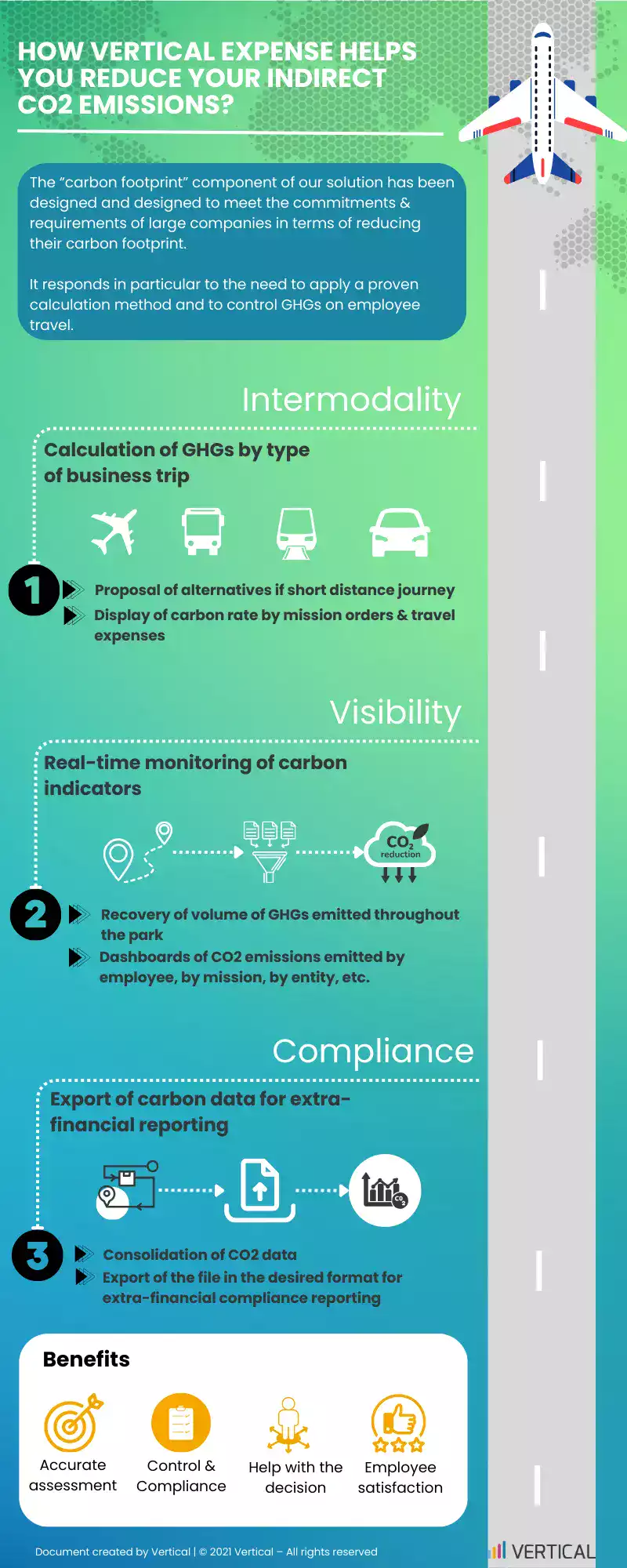Calculating a company’s carbon footprint is a major step in assessing an organisation’s environmental impact and taking effective measures to reduce greenhouse gas (GHG) emissions. To facilitate this process and achieve concrete results, here are three approaches to implement.
1. Use tools throughout the company’s value chain
The use of corporate carbon footprint measurement tools is essential for collecting and analyzing the data needed to accurately calculate indirect GHG emissions. These tools gather information on the various sources of emissions, such as energy consumption, business travel and the supply of raw materials. By using these advanced tools, you can accurately estimate your overall carbon footprint and identify areas for improvement.
2. Integrating a life cycle approach
A lifecycle approach to calculating carbon footprints is an advanced method for assessing the GHG emissions associated with each stage of a company’s process. This includes not only direct emissions resulting from internal activities, but also indirect emissions from the supply chain, the production of raw materials and the transport of finished products. By adopting this approach, you will be able to target the specific areas where reduction measures can have the greatest impact.
3. Capitalise on intermodality
Intermodality is an essential approach to effectively calculating your company’s carbon footprint while optimising your logistics. By combining different modes of transport such as rail, car, car-sharing, cycling or even air transport, you can significantly reduce the greenhouse gas (GHG) emissions associated with your business travel, while committing your employees to the energy transition in the long term.

By implementing these three approaches, you will be able to calculate your company’s carbon footprint accurately and efficiently, while identifying the levers for rapidly reducing your GHG emissions. This environmental approach will not only enable you to contribute to the fight against climate change, but also to benefit from competitive advantages such as an improved brand image, reduced energy costs and satisfied stakeholders.








